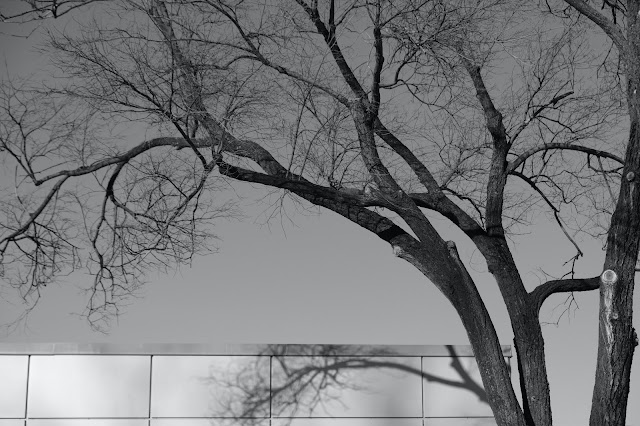Having a good sense of timing can be annoying for people who like to study first their subject before choosing the moment to immortalize it. The common key largely evoked in photo taking tutorials of any kind is "anticipation», the faculty to forecast and prevent the evolution of the event or the right expression-position-context of the main subject. Being prepare is not only a technical challenge but also an observing habit which basic curiosity play a big part.
A person mind is like a gigantic computer that register, select and classify discriminately the images and sounding (as for the others human senses) moments of our life at a fast pace. It can be done voluntarily or, for most of the time, unconsciously. That bank of picked images, empty at our birth, is constantly fulfilled during our entire life but may be subject to limitations especially with aging phenomena or by accident or sickness. With time passing by, we eventually all experimented these sorts of "broken hard disk" phenomena that are occulting specific moments previously memorized as our infancy and younger ages.
This is where photography is becoming a precious aid that make possible a greater, more accurate and longer life preservation of events and subjects, the famous "trace of light that survive a little further than the actual moment of flash". And all we want is to select our best moments to catch and reproduce on photographs. Translate our mind photographic selection into a "material" picture is not a natural task at first and it got its technical challenges. It has been already said that using a camera should an extension of our senses and abilities. So, holding and playing with your camera should a frequent habit if not constant!
Many of us are intimidated by holding a camera in many situations especially the social ones. And there are good reasons for that and one of those is the obvious fact that the person feels very insecure by the image registered in photo. And that insecurity is easily translated on these pictures. So, if you add insecurity on both sides of the camera, it results most of the time to a disappointing picture result. Confidence is a key factor to succeed in the iconographic quest. And confidence must be reciprocated and patiently experimented. Many professional models are in their private life very intimate people but in front of a camera, they literally transcend themself into an extrovert nature that fashion photographers succeed to translate onto their pictures.
There are many lessons to learn before taking a picture. It can be knowing your subject, creating a good and respectful contact, experiment different facets of it and extend the project to other photo opportunities. In my book the very technical photographic parameters cannot in any substitute the study of your subject. That is may be the paramount element that can prevent to miss a photo shot!














